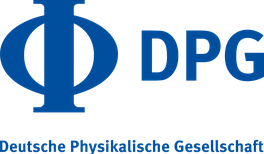
Atomic force microscopy invented in 1986 allows measuring forces between a probing tip and the surface. In 1998 the qPlus sensor was developed by Franz J. Giessibl which is comprised of a tuning fork found in watches and operates in frequency modulation mode (FM-AFM). By attaching a conducting tip on one of the prongs of the fork it allows to combine scanning tunneling microscopy and atomic force microscopy leading to atomic resolution images of the surface. In our lab, we have set up such an STM/AFM system operating at low temperatures (5 K) under ultra-high vacuum conditions. Our goal is to investigate single molecules and supramolecular structures on metal surfaces with the qPlus sensor. In this poster, I will present our first measurements on molecules on metal surfaces.

Atomic force microscopy invented in 1986 allows measuring forces between a probing tip and the surface. In 1998 the qPlus sensor was developed by Franz J. Giessibl which is comprised of a tuning fork found in watches and operates in frequency modulation mode (FM-AFM). By attaching a conducting tip on one of the prongs of the fork it allows to combine scanning tunneling microscopy and atomic force microscopy leading to atomic resolution images of the surface. In our lab, we have set up such an STM/AFM system operating at low temperatures (5 K) under ultra-high vacuum conditions. Our goal is to investigate single molecules and supramolecular structures on metal surfaces with the qPlus sensor. In this poster, I will present our first measurements on molecules on metal surfaces.